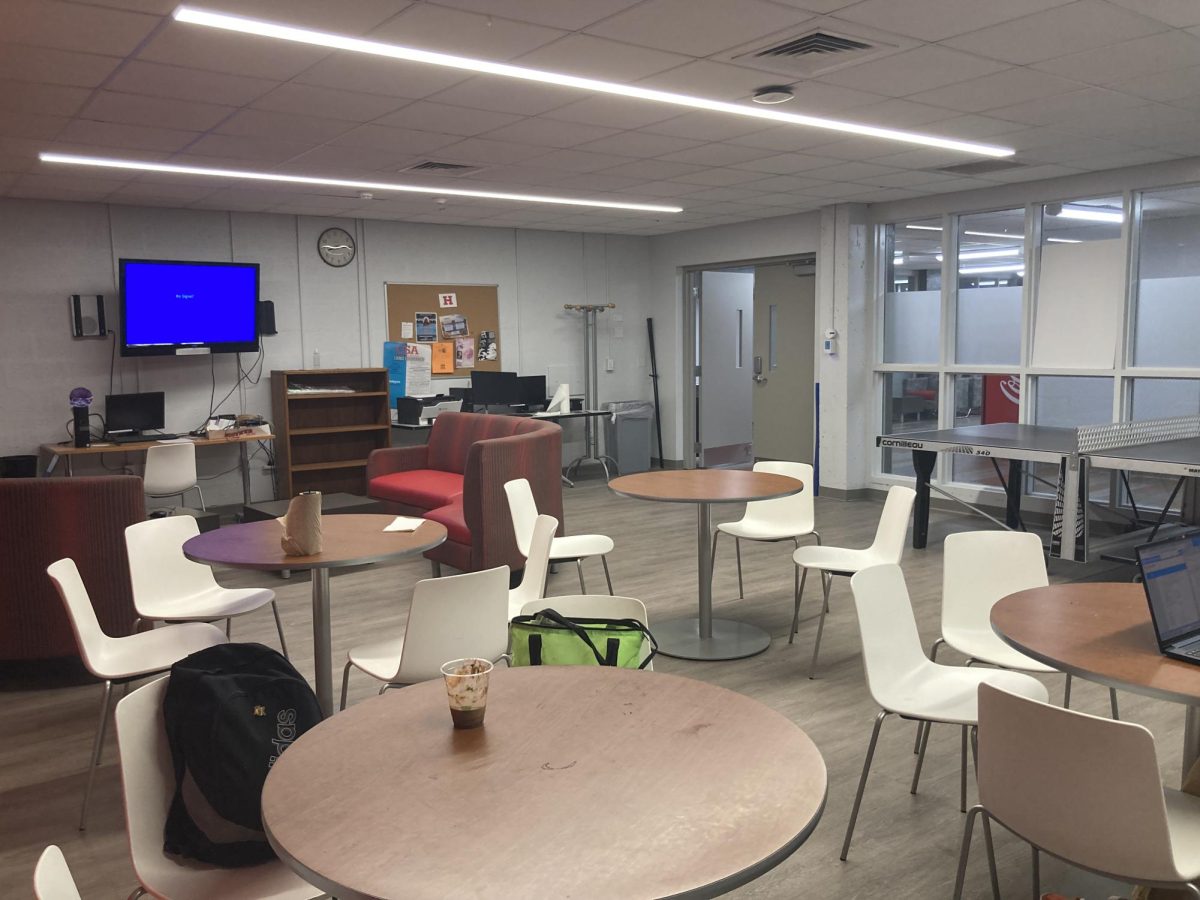In educational settings, the concept of academic freedom is typically associated with post-secondary institutions, where students have the liberty to choose their courses and explore their passions. This system, with all of its benefits, has yet to find meaningful implementation in our nation’s high schools. In my view, the rigid structure of high school education limits students’ ability to pursue their true interests. Academic freedom, similar to its post-secondary counterpart, should also have a place in high schools.
What is academic freedom?
Academic freedom, in essence, grants students the freedom to make choices about their education. It allows them to explore subjects of interest and provides the autonomy to chart their educational journey. While well-established in colleges and universities, this concept remains largely absent in the realm of high school education.
The Current High School Dilemma
The current high school system often mandates that students complete a predetermined minimum number of classes across various disciplines. The intention behind this approach is to provide a well-rounded education. However, this well-intentioned structure can inadvertently stifle the individual passions and interests of students, leaving young minds yearning for more. They often feel restricted within the confines of a predetermined curriculum.
Empowering Students through Academic Freedom
Introducing academic freedom at the high school level offers students the opportunity to explore their genuine interests more fully. This system empowers them to take charge of their educational journey, resulting in a more engaged and motivated student body. It’s important to acknowledge that being well-rounded is essential, but academic freedom does not equate to abandoning core subjects. Rather, it encourages students to take ownership of their learning while still maintaining a foundational knowledge base.
Fostering enthusiastic learners
Our goal should be to foster a more enthusiastic, self-driven, and well-rounded student body. By introducing academic freedom in high school classrooms, we can better equip students to continue their educational pursuits beyond high school. This change is not about disregarding core subjects but about expanding horizons and cultivating a lifelong love for learning.
Conclusion
Academic freedom in high schools is not just an option; it’s a necessity. It is the key to unlocking the potential of our students and nurturing a generation of enthusiastic, self-motivated, and well-rounded learners. By providing students with the freedom to explore their interests, we are investing in a brighter and more empowered future. It’s time to open the doors to academic freedom in our high schools and let our students thrive.





